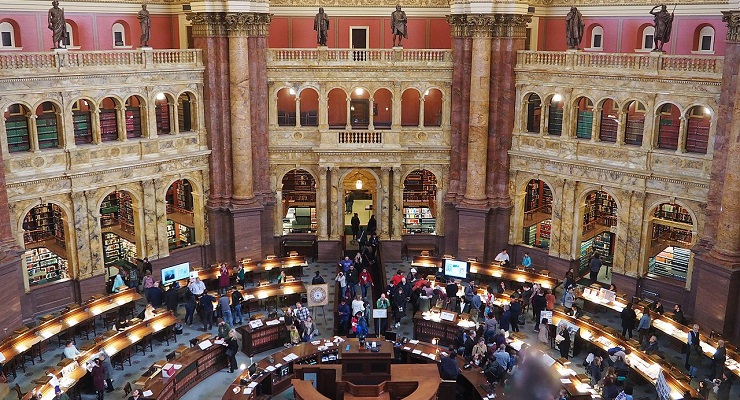
This article is published by The Washington Post. Here is an excerpt:
One of the country’s oldest cultural institutions is now writing the book on how to adapt to a brave new world. Only a few years after being labeled a digital laggard, the Library of Congress is bringing its hundreds of millions of documents’ worth of history to citizens across the country in ever more innovative ways. The success story is one that other government agencies, from the federal level to the local, should consider.
The Library of Congress wasn’t always behind the times. But as information accumulated faster and faster, the institution failed to keep up: Multiple GAO reports noted a failure to hire a permanent chief information officer or institute any coherent strategy to keep pace with 15,000 or so items added to the national collection every day. When Carla Hayden stepped into the role of librarian of Congress in 2016, she was on a mission to modernize, but she was on a rescue mission, too. The rescue mission seems already to have been accomplished, and the modernization is well underway.
The library is a library, of course, and the world’s largest at that — yet it’s also the seat of the U.S. Copyright Office and the Congressional Research Service. That means it bears the same burden as other federal agencies of keeping internal systems up to snuff: beefing up data security and privacy practices, for instance, and determining how to store a mind-boggling amount of materials. But the library also needed to bolster its external capabilities, by transforming analog resources into digital ones and capturing the panoply of digital-native resources generated every day. Newspapers used to come in on microfilm; now they’re collected in easily searchable e-print.
Continue reading here.
Leave a Reply